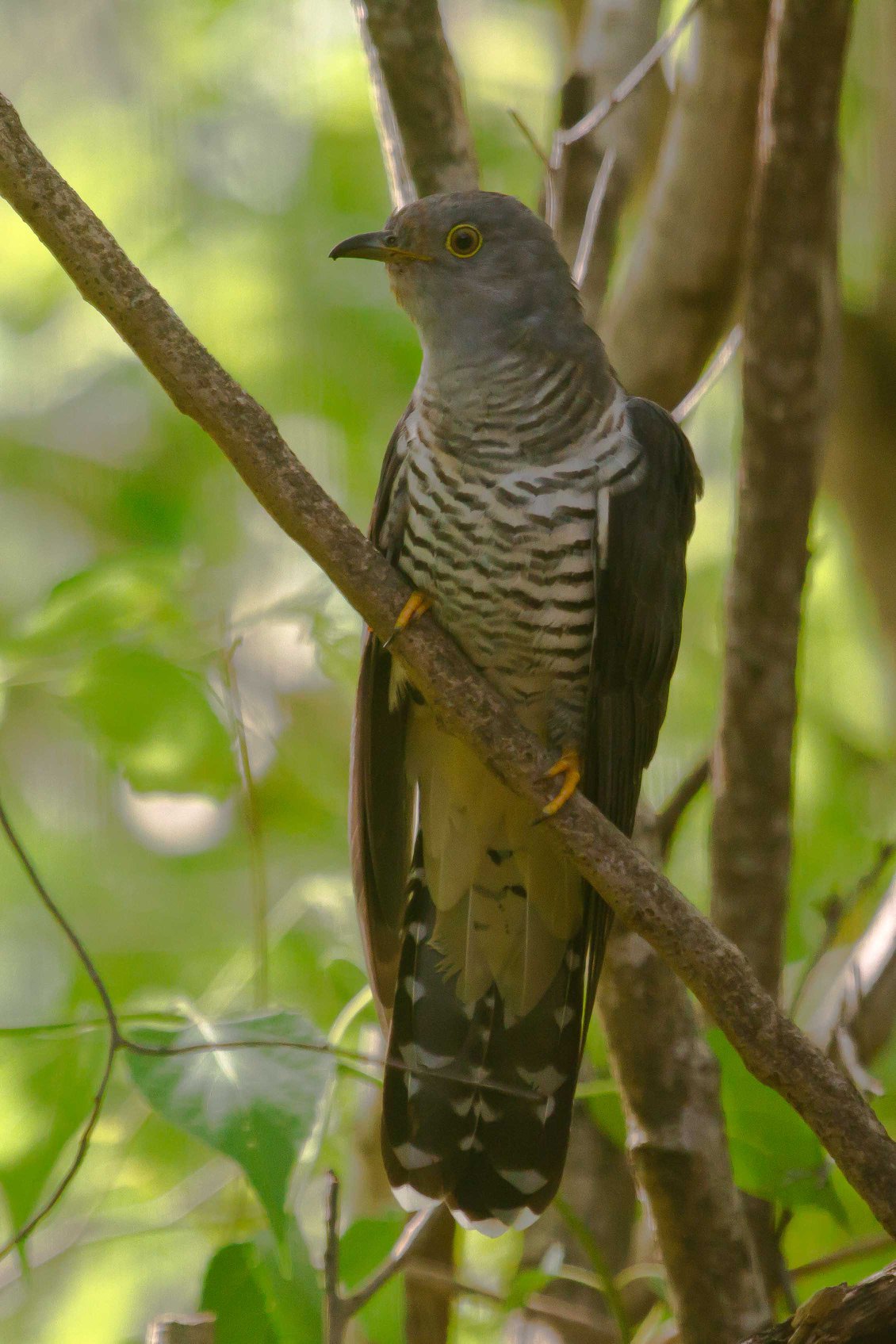January to February (2018)
Broome finished 2017 with a count of 243 species recorded, and with early signs of a consecutive above average wet season, 2018 is set to be another bumper year, with excellent birding expected during BirdLife Australia’s Congress & Campout to be held in Broome in September – register your interest via the BBO’s website now!
Two tropical cyclones in quick succession, Hilda then Joyce, dumped 60% of Broome’s annual rainfall between them, and we still have a couple of potentially wet months to come. Unfortunately, all of this rain meant the BBO had been closed since late-December. However, the persistent cloud, ocean breeze, and rain equates to very pleasant temperatures, with some days only reaching the high 20’s!
With Roebuck Plains in flood, we anticipate Australian Painted Snipe will return to breed, and with luck fledge as many young as last year. Whiskered Terns and Pied (Black-winged) Stilts are showing early signs of nesting, and a number of Intermediate Egrets have red breeding flush to their bills. Oriental Pratincoles, and a few straggling Australian Pratincoles are enjoying the abundance insect life.
Male Australian Painted-snipe on Roebuck Plains in 2017. Will they return in 2018?
House Swifts were seen at most locations in Broome (including the BBO) over a two-day period during TC Joyce, with one very unfortunate individual colliding with a building in Cable Beach – a specimen now destined for the Western Australian Museum. In amongst the many (at times at least 40 could be seen – record counts for Australia) House Swifts, were the more diminutive and less-identifiable swiftlets. The swiftlets were mostly a darkish brown overall, with lighter rumps and undersides, and tails with a distinct fork – the contenders being the Edible-nest Swiftlet (a highly variable species found in Indonesia), or the migratory Himalayan Swiftlet. Consensus is forming around the latter.
One of many House Swifts in Broome during Cyclone Joyce. Photo: Nigel Jackett
Oriental Cuckoo at the BBO taken through the Wardens window. Photo: Nigel Jackett
At the Observatory, Oriental Cuckoos were seen regularly through most of January with a high count of three individuals. Barn Swallows are numbering in their hundreds, and regularly pass over the BBO in the afternoons, usually with Tree Martins and occasional Pacific Swift. At this time of year, the scarce Red-rumped Swallow can be found within these aerial feeding flocks, and hopefully by the next update we will have added them to the BBO’s year list. Another highlight has been a pair of Australian Owlet-nightjars that reside within a roost hollow along our firebreak, peering out of their holes each afternoon to catch the last rays of sun.



